Search Images
Browse Content (p. 1196)
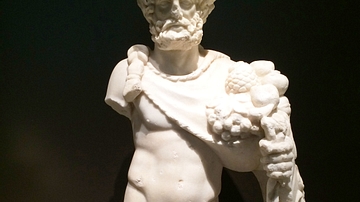
Image
Garden Statuette of Silvanus
This statuette of the Roman god Silvanus dates from the 1st century CE, and it is made from marble. In ancient times, the garden represented a tamed space — a small-scale version of nature. Its fertility and abundance spoiled over into the...
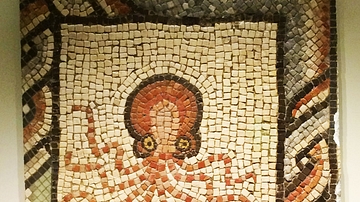
Image
Roman Mosaic with Octopus
This mosaic with an octopus is made of limestone and dates from the 2nd-3rd century CE. It is from Villaquejida (León), Spain. (Museo Arqueológico Nacional, Madrid)

Image
Verrco Sculpture from Ancient Iberia
This verraco of a pig is made of granite and dates from the 3rd-1st century BCE. It was created by members of the Vettonian culture of ancient Iberia and was found in the Spanish province of Ávila. Verracos were sculptures of male beasts...
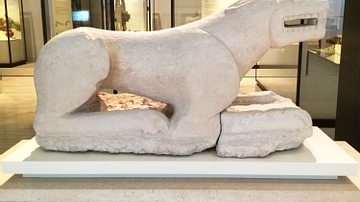
Image
Lioness of Baena
The "Lioness of Baena" was made of limestone in the 5th century BCE by ancient Iberian people. It was found at Minguillar Hill (Baena, Córdoba), Spain. In a menacing pose with open jaws, this lioness may have been a protective element on...
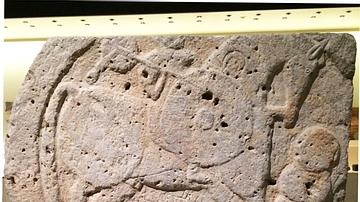
Image
Celtiberian Stela from Clunia
This incomplete funerary stela with an inscription in the Celtiberian language and Western Celtiberian script comes from Coruña de Conde (Peñalba de Castro), Burgos in Spain. The inscription transcribes as "Kaabaarinos," in nominative masculine...
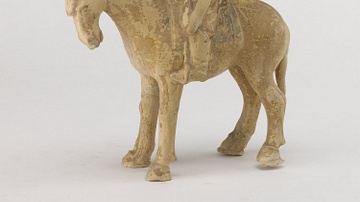
Image
Tang Dynasty Mounted Archer
A pottery figurine depicting a mounted archer carrying a bow case. Tang Dynasty, 618-906 CE. (British Museum, London)
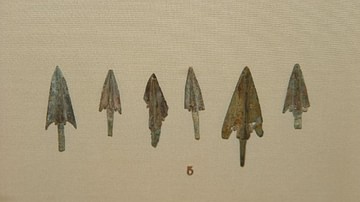
Image
Shang Dynasty Arrowheads
Bronze arrowheads from Shang dynasty China. 1200-1050 BCE. (British Museum, London)
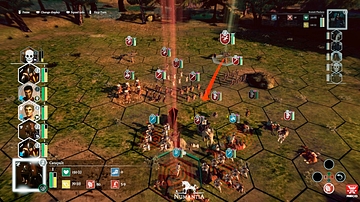
Image
Numantia - Battle
Screenshot from the game Numantia.
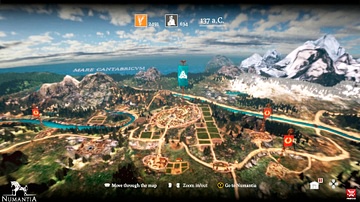
Image
Numantia - The Game
3D map from the game Numantia.
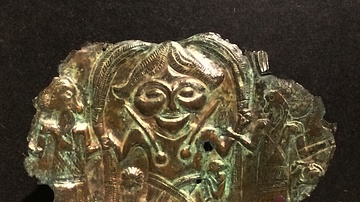
Image
Bronze Sheet from Luristan
This is a chased sheet made of bronze with human figures. It is from Iran (Luristan), and it dates from the 8th-7th century BCE. (Museum Rietberg, Zürich)